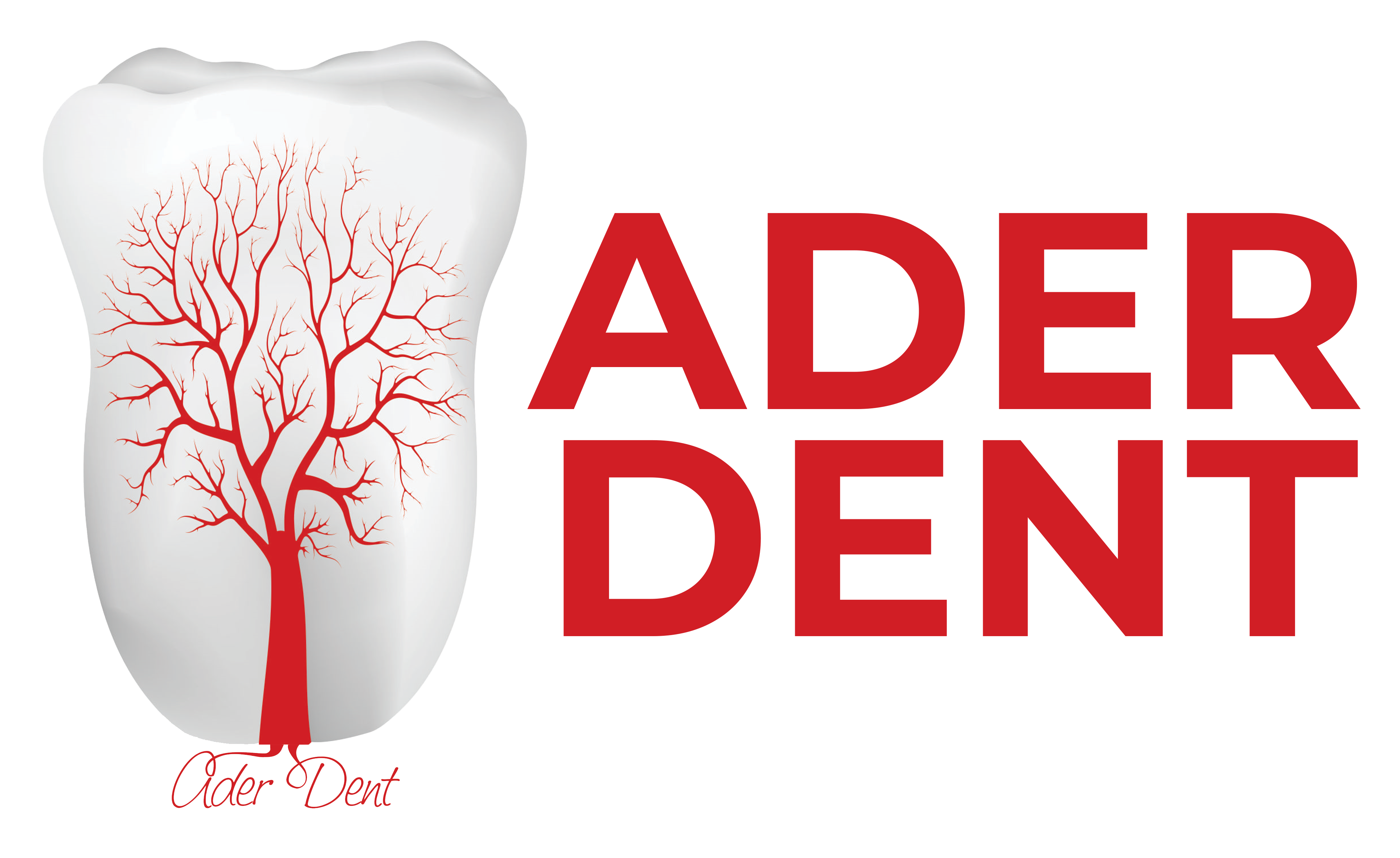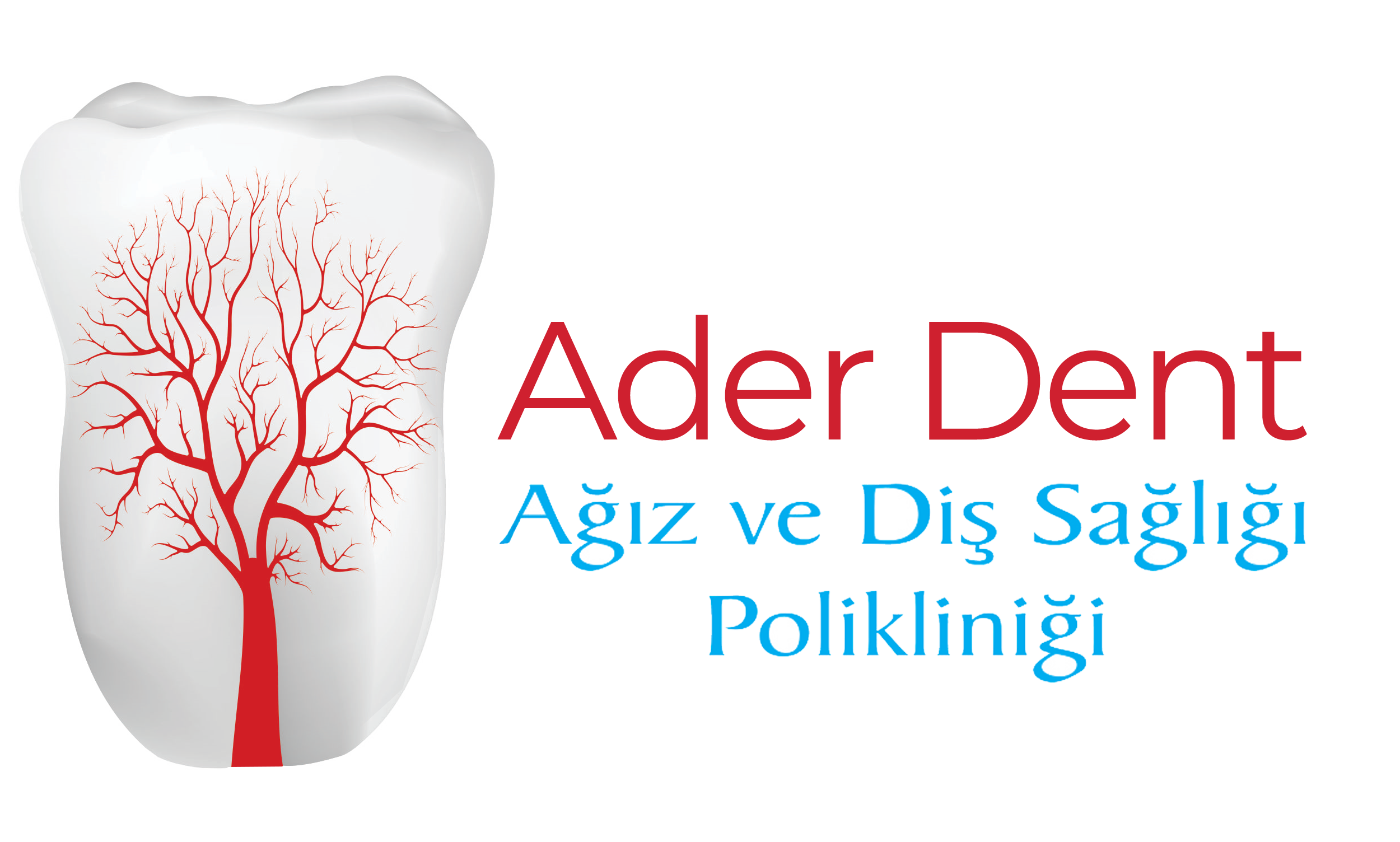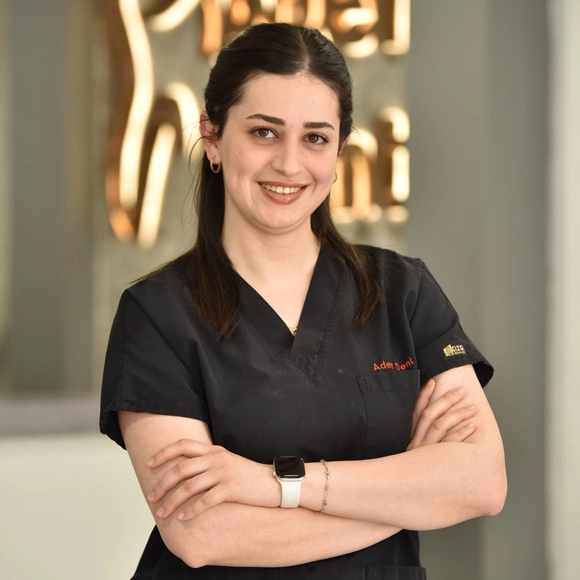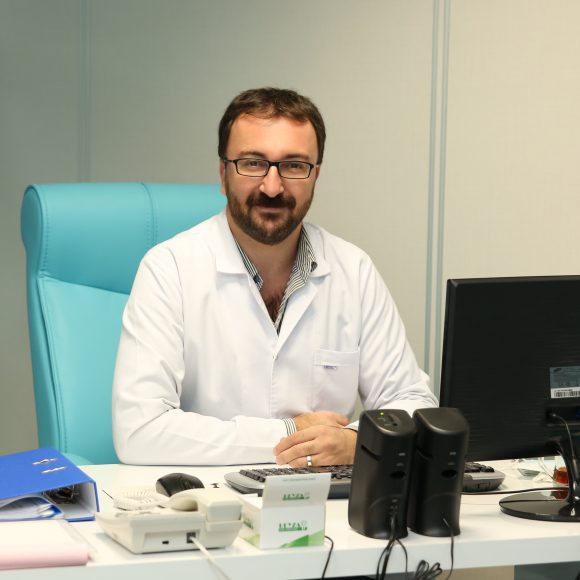Periodontal surgical treatments include a range of procedures aimed at addressing gum diseases and oral health issues. These procedures vary widely within the scope of periodontal surgery.
This scope includes gingival and subgingival curettage, electrosurgery, gingivectomy, periodontal flap surgeries, reconstructive surgeries for bone regeneration, graft-supported procedures, resective bone surgery, root resection, and tunneling procedures. Each treatment is tailored to the extent of damage in the patient's gums and surrounding tissues, with personalized treatment plans developed accordingly.
Gingivectomy
Gingivectomy is a periodontal surgical procedure that focuses solely on the gum tissue. It involves surgically cutting and removing part of the gum to eliminate deep gum pockets or gum overgrowth.
This procedure prevents the spread of bacterial infections in the gums and offers patients a more aesthetic gum contour. Gingivectomy halts the progression of gum disease and facilitates easier oral hygiene for the patient.
Flap Surgery and Bone Surgery
Flap surgery is a type of periodontal surgical treatment that involves not only the gum tissue but also the underlying bone and root surfaces. It is commonly used in patients suffering from bone loss due to periodontal disease. During this procedure, the gum tissue is carefully lifted to access the bone structure beneath.
The root surfaces are cleaned thoroughly, and deep gum pockets are reduced or eliminated. The main goal of flap surgery is to eradicate bacterial infections and preserve the bone structure around the teeth to maintain natural tooth health. During bone surgery, the bone structure is reshaped and aligned with the surrounding gum tissue.
Regenerative and Resective Bone Surgery
During flap surgery, some patients may show signs of bone loss. In such cases, regenerative techniques are used to repair the lost bone tissue. As part of periodontal surgical treatment, materials like bone grafts, proteins, and membranes are applied to regenerate lost bone volume.
An alternative option is resective surgery, where the existing bone shape is surgically corrected. Both techniques aim to improve gum health and help patients retain their natural teeth for longer.
Mucogingival Surgery
Mucogingival surgery focuses on the soft tissues within the mouth. It is performed in cases of gum recession, insufficient attached gingiva, or high muscle attachments. This type of surgical treatment improves the gum structure by considering both aesthetic and functional needs, also allowing for better oral hygiene management.
Frenectomy (Removal of Lip or Tongue Tie)
A frenulum is a connective tissue band that links the gum tissue to the tongue, lips, or cheeks. When this tissue is excessively thick or large, it can cause gum recession and aesthetic problems. Frenectomy is the surgical removal of such frenulums and is often performed as part of periodontal surgery.
Especially large frenulums located between the upper or lower front teeth can prevent the teeth from closing together, resulting in gaps (diastemas). Frenectomy improves the appearance of the teeth and helps resolve issues with speech or gum health.
Is Periodontal Surgery Performed on Every Gum Disease Patient?
No, periodontal surgical treatment is not necessary for every gum disease patient. The need for surgery depends on the severity of the disease and the extent of tissue damage. In mild cases of gum inflammation (gingivitis), professional cleaning and good oral hygiene are usually sufficient, and surgery is not required.
Where Are Frenulums Located in the Mouth?
Frenulums are commonly found between the upper and lower front teeth, between the cheeks and back teeth, and beneath the tongue. While almost everyone has a lingual frenulum under the tongue, additional frenulums can be found above the upper front teeth and in the posterior areas of the cheeks.
When Do Frenulums Pose a Risk to Oral Health?
Frenulums may pose a risk to oral health when they are abnormally large or thick, or when they attach too closely to the edge of a tooth. These conditions can cause gum recession and contribute to gum disease. An overly large frenulum under the tongue, particularly in young children, may lead to speech problems.


 TR
TR




